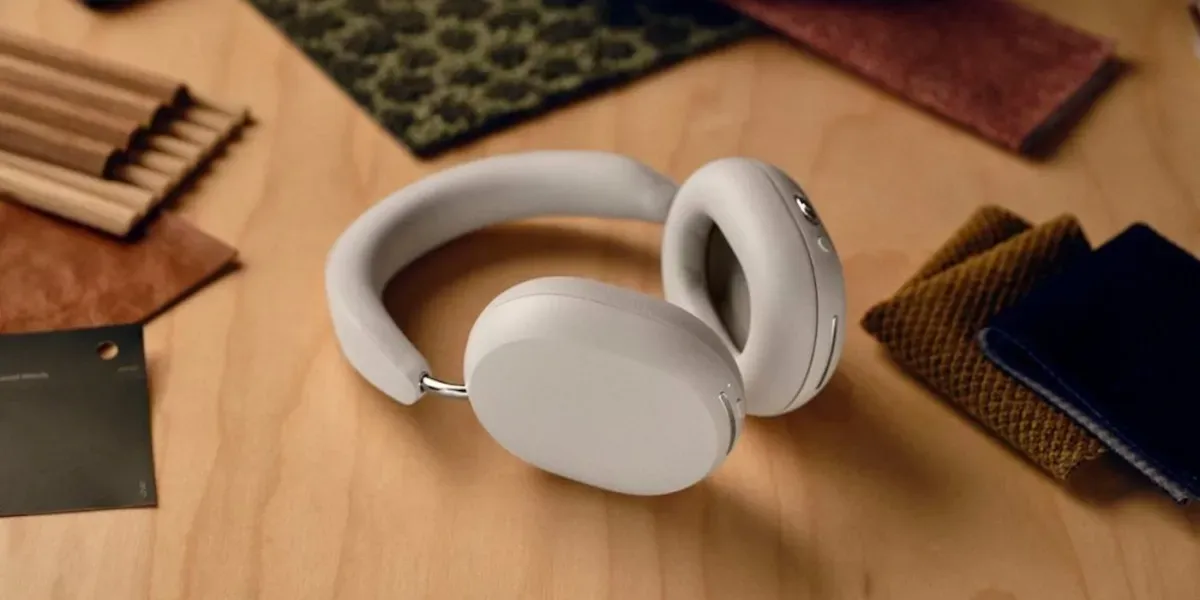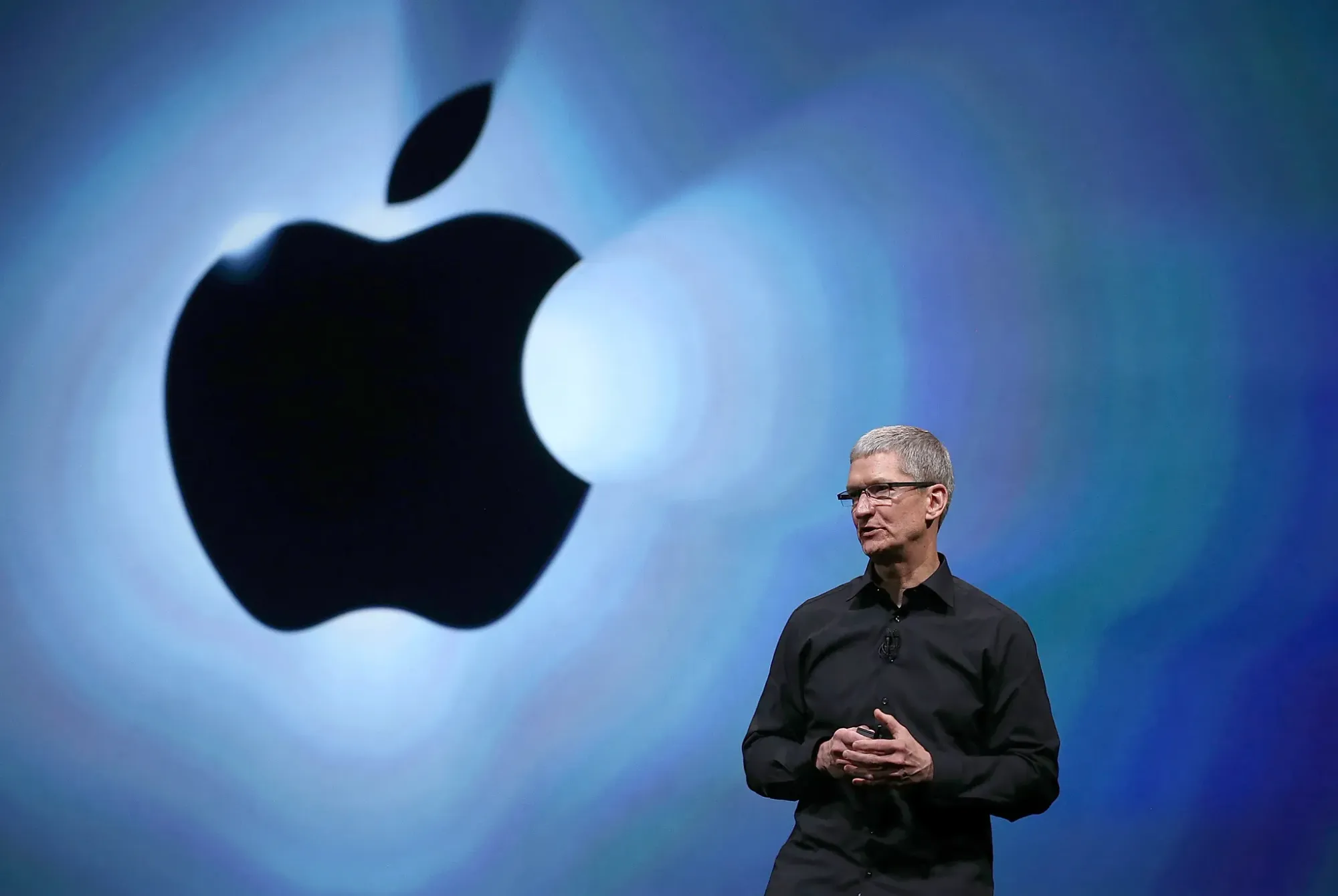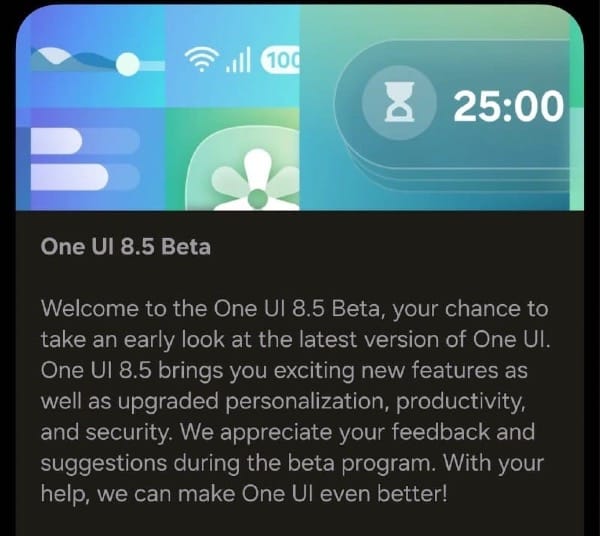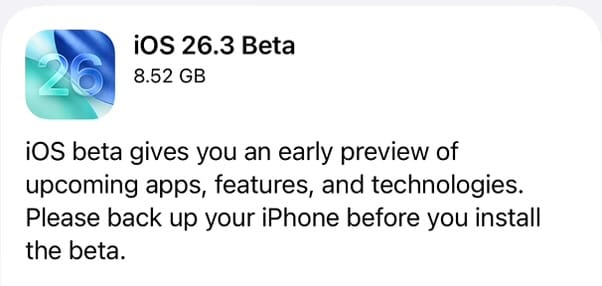In the fast-paced world of audio tech, few stories capture the highs and lows quite like Sonos' journey with its Ace headphones. Launched amid great fanfare in 2024, the Ace promised to blend premium sound with seamless integration into the Sonos ecosystem. However, a rocky start overshadowed its debut. Fast-forward to mid-2025, and Sonos has rolled out a game-changing software update that delivers on long-delayed features like TrueCinema spatial audio and improved active noise cancellation (ANC). This isn't just an incremental tweak—it's a redemption arc that positions the Ace as a must-have for home theater enthusiasts and everyday listeners alike. Let's dive into how Sonos got here, what's new, and why it matters.
The 2024 Recap: A Year of Triumphs and Turmoil
2024 was a rollercoaster for Sonos, marked by ambitious launches and self-inflicted wounds. The year kicked off with excitement as Sonos ventured into the competitive over-ear headphones market with the Ace, unveiled in May. Priced at $449, the Ace boasted high-fidelity audio, Dolby Atmos support, and innovative features like TV Audio Swap, which allowed users to beam sound from a Sonos soundbar directly to the headphones for private listening. It was positioned as an extension of the Sonos home audio empire, appealing to users who wanted immersive, ecosystem-tied experiences.
But the shine quickly faded. On May 7, just days before the Ace's full reveal, Sonos released a completely redesigned mobile app intended to modernize the user interface and support new products like the Ace. What followed was a catastrophe: the app was riddled with bugs, sluggish performance, and missing core features like alarms, sleep timers, and playlist editing. Users reported connectivity issues, random crashes, and an overall degraded experience that made controlling their Sonos systems frustrating—if not impossible. This backlash was swift and severe, dominating forums, social media, and review sites. The app fiasco not only overshadowed the Ace's launch but also led to broader company troubles. Sonos delayed two upcoming products to focus on fixes, and sales took a hit, falling $200 million short of annual revenue targets.
Internal reports later revealed that employees had warned leadership about the app's unreadiness, citing "tech debt" and rushed timelines. CEO Patrick Spence issued multiple apologies, including a detailed one where he admitted the "push for speed backfired." Despite routine updates, issues lingered into late 2024, eroding customer trust and contributing to Spence's eventual departure in January 2025. By year's end, Sonos had lost significant market value, with stock prices falling and market cap dropping to around $1.7 billion, turning what could have been a breakthrough year into a cautionary tale about software priorities.
Fulfilling the Promise: TrueCinema, Enhanced ANC, and More in 2025
A year after its debut, Sonos is turning the page with a major firmware update (version 3.9.7 for the headphones and app versions like 80.22.28) released in June 2025. This free upgrade breathes new life into the Ace, addressing key shortcomings and delivering on hype that felt unfulfilled at launch.
The star of the show is TrueCinema, a spatial audio mode that transforms movie nights. By capturing the acoustics of your room via a compatible Sonos soundbar (like the Arc), TrueCinema creates a virtual surround sound experience in the headphones, mimicking a multiplex theater. It adjusts binaural rendering in real-time for immersive Dolby Atmos playback, making dialogue clearer and action scenes more enveloping. Early users have praised its depth, though some noted minor issues like muffled dialogue in intense scenes, which Sonos is addressing in follow-up patches.
Equally impressive is the upgraded ANC. Sonos has made it "smarter" with adaptive algorithms that better block out environmental noise, such as traffic or office chatter, while preserving audio quality. The update uses onboard sensors to detect variables like hair, glasses, or hats that might cause sound leakage, improving noise reduction from 74% to 88%, now rivaling competitors like Apple's AirPods Max and Sony's WH-1000XM series. This brings the Ace closer to rivals like the Sony WH-1000XM5 or Bose QuietComfort Ultra in noise isolation performance. Other enhancements include Dual TV Audio Swap, allowing two pairs of Ace headphones to connect to one soundbar for shared private listening—perfect for couples watching late-night TV without disturbing others. Smoother device switching, Sidetone for natural-sounding calls, and overall stability improvements round out the package.
These updates aren't just add-ons; they're the realization of the Ace's original vision as a hybrid headphone for music, calls, and home entertainment. With the app now stabilized (volume bugs and connectivity woes largely resolved by early 2025), the Ace feels polished and ecosystem-ready.
What This All Means: Redemption, Ecosystem Strength, and the Road Ahead
This update signals Sonos' commitment to long-term value through software, a hallmark of the brand that's been tested but not broken. For users, it means the Ace—now often discounted to around $299—offers premium features without needing a hardware refresh, making it a smarter buy in 2025. It strengthens Sonos' ecosystem play, where headphones aren't isolated gadgets but extensions of your home setup, enhancing everything from streaming movies to multi-room audio.
Adding to the momentum is the recent appointment of Tom Conrad as permanent CEO on July 23, 2025, following his role as interim leader since January. Conrad, with his extensive background in product innovation from stints at Pandora and Snapchat, is steering the company toward a customer-first turnaround. This move signals stability and renewed focus, as Conrad has already prioritized app fixes and trust-building initiatives, with early signs that these efforts are paying off in regaining user loyalty and stabilizing operations. It underscores Sonos' intent to learn from past mistakes, potentially accelerating future innovations while avoiding the pitfalls that plagued 2024.
Broader implications? Sonos is rebuilding trust after 2024's missteps, proving that listening to feedback (and fixing fundamentals) can turn detractors into advocates. The company's pivot to software-driven innovation could inspire competitors, emphasizing upgradability over obsolescence. Looking ahead, with Conrad at the helm, Sonos aims to avoid past pitfalls, though rumors of new products like a streaming box suggest more ecosystem expansions—if app reliability holds.
In a market flooded with headphones, the Ace's evolution shows Sonos at its best: innovative, user-focused, and resilient. If you're invested in the Sonos world or seeking versatile cans, this update makes the Ace worth a second look. The potential was always there—now, it's finally realized.












Discussion